Our first Conversation in this series with Dr. Art Wright and Dr. Mitchell Reddish.
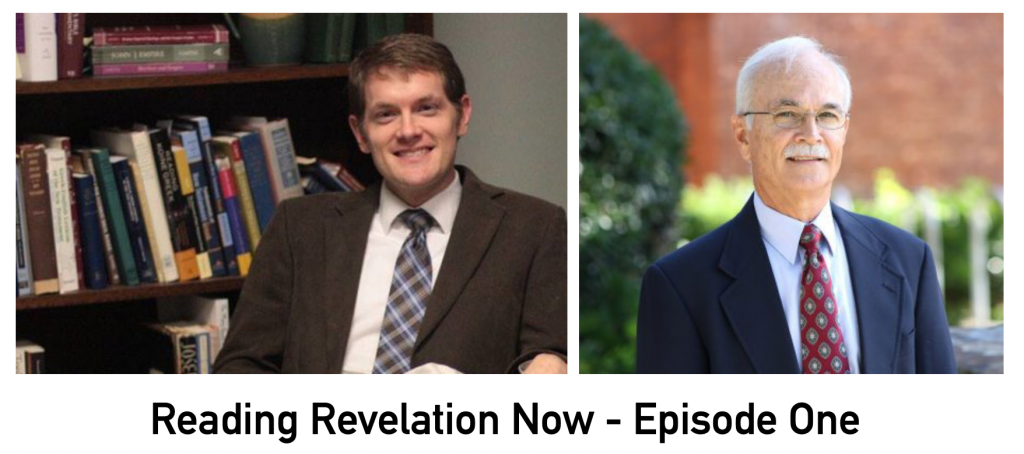
Our first Conversation in this series with Dr. Art Wright and Dr. Mitchell Reddish.

The sign reads, “We see you, we stand with you. Black lives matter to us.” Join some of our pastoral staff members, and Jacque Green, as we delve into the love song we’re singing to our neighbors and a dialogue about where we see God at work. This podcast is also available as a video.
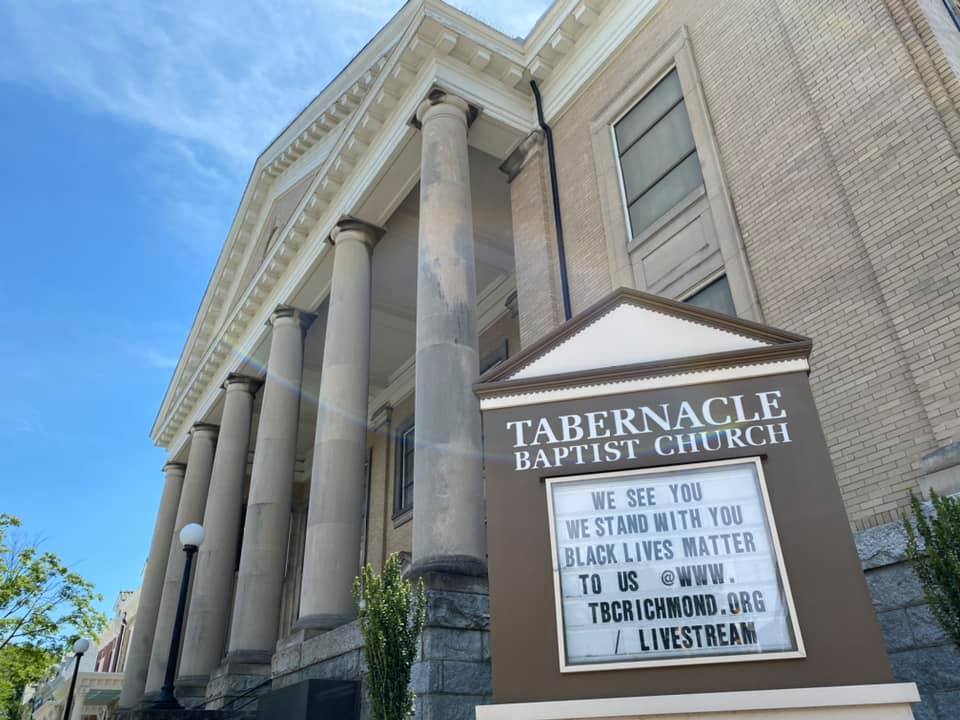
Join us for our final podcast of the Soul Care series, on the gift and challenge of silence prayer.

“God’s first language
is silence.
Everything else,
is a poor translation.”
-Fr. Thomas Keating
Centering Prayer is a receptive method of silent prayer that prepares us to receive the gift of contemplative prayer, prayer in which we experience God’s presence within us, closer than breathing, closer than thinking, closer than consciousness itself. This method of prayer is both a relationship with God and a discipline to foster that relationship. – Contemplative Outreach
A Guide to Centering Prayer from Gravity: A Center for Contemplative Activism
It is recommended to pray in this fashion for a minimum of 20 minutes, two times a day. Start out slowly with initial prayer periods of five to ten minutes, working up to the desired length of time.
Books
Intimacy with God: An Introduction to Centering Prayer by Thomas Keating
Into the Silent Land Martin Laird: A Guide to the Christian Practice of Contemplation by Martin Laird
The Heart of Centering Prayer: Nondual Christianity in Theory and Practice by Cynthia Bourgeault
Breathing Underwater: Spirituality & the Twelve Steps by Richard Rohr
The Sacred Enneagram: Finding Your Unique Path to Spiritual Growth by Chris Heuertz
Websites
Resources from Cynthia Bourgeault
The Center for Action and Contemplation
Daily Meditations from Richard Rohr
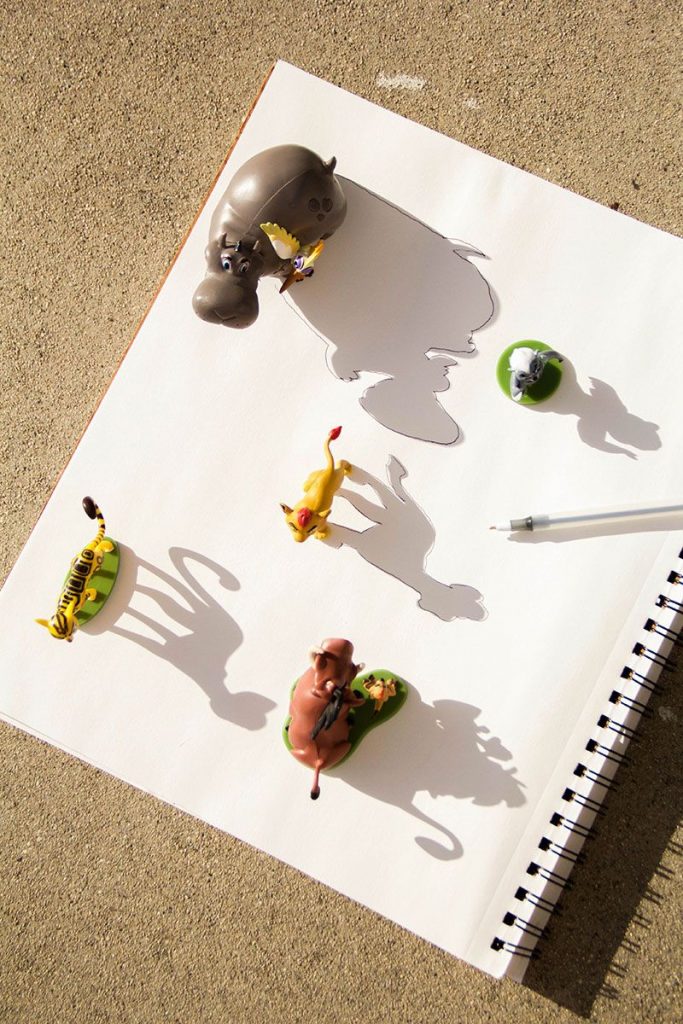
Indoor or Outdoor shadow activities work for all ages.
The key is to have a source of light, your body or a toy as the object to block it, and a surface for the shadow to fall upon.
This exercise will help you stay still for a while.
Trace a shadow of your hand, a toy, or have a family member trace a shadow of your face or body.
You are indeed created in the Image of God.
Just Be Still.
Join us on the podcast this week as we talk about the spiritual practice of getting lost, learning to navigate the wilderness of place and soul.
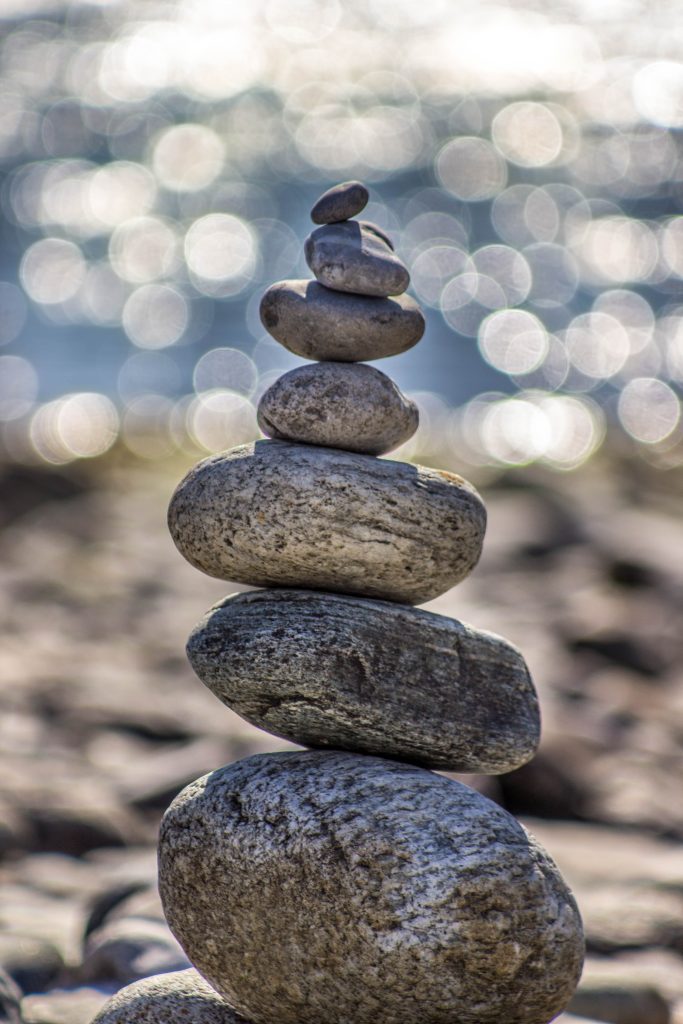
The wilderness
holds answers
to more questions
than we have yet
learned to ask.
– Nancy Newhall
Sink into this three part prayer that helps us welcome uncomfortable feelings and experiences and find God in the midst of one.
First, feel and sink into what you are experiencing this moment in your body.
Next, “welcome” what you are experiencing this moment in your body as an opportunity to consent to the Divine Indwelling.
Finally, Let go by saying “I let go of my desire for security, affection, control and embrace this moment as it is.”
“Start practicing the Welcoming Prayer with the little things in life — small, everyday frustrations like sitting in traffic or waiting in line at the grocery store. Practicing with the small things prepares us for the bigger upsets.”
Learn more about The Welcoming Prayer at ContemplativeOutreach.org.
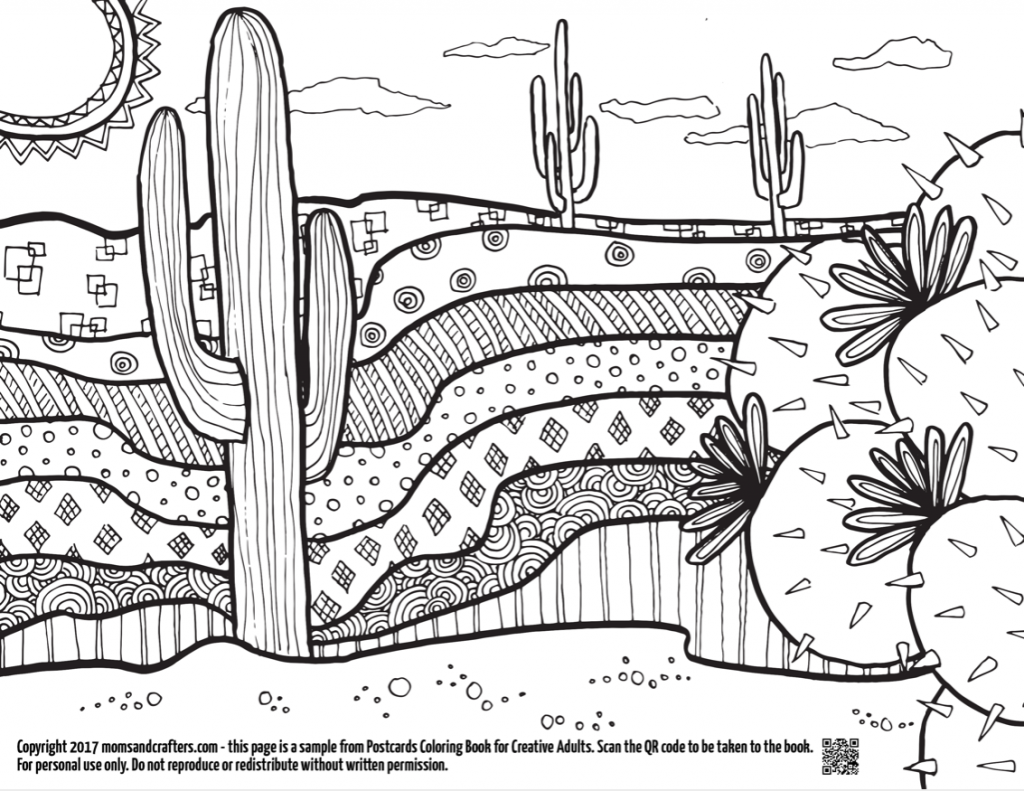
Grab some crayons,
markers,
or colored pencils
and retreat into your
spiritual,
emotional,
psychological
cave as a family
and color a picture
of a Wild Cactus
together.
Join us on the podcast this week as we talk about creativity as a spiritual practice!
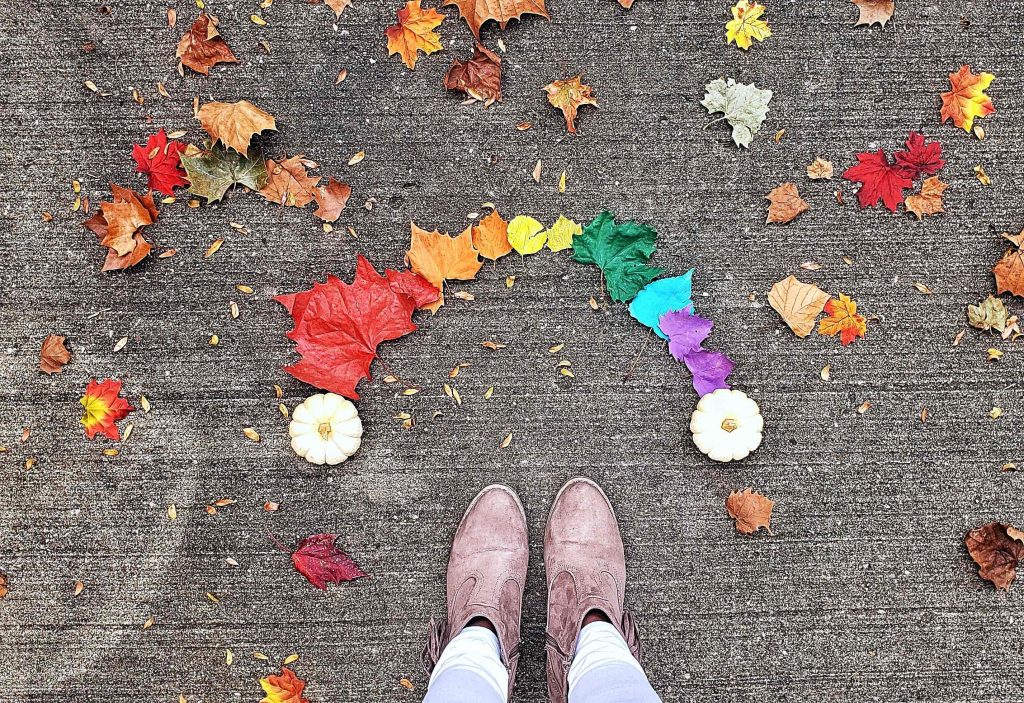
When you were a child, you knew yourself to be co-creator of the universe.
But little by little you forgot who you were.
-Mirabai Starr,
Wild Mercy
The practice of creativity is more broad than we give it credit for. Chase Jarvis, the author of Creative Calling defines creativity as “the act of combining or arranging two or more unlikely things in new or useful ways.”
This week, get creative in some small way--through your work, your parenting, your cooking, or the aesthetic of your space, by putting two or more unlikely things together.
Consider this your prayer.
God created us in God’s image, and we were made to be co-creators with God. When we tap into our creative spark, we tap into the Spirit of God within us.
This cut-and-glue craft activity for families helps build creativity, improve motor skills, and create memorable pieces of art.
Supplies:
scissors (child safety if you have young ones)
colored paper with predetermined shapes
magazine clippings or photos
glue
drawing paper
cloth, wood, stickers, or any other items you have around
Gather your supplies and invite everyone to spend time together at the table. Open with a prayer, thanking God for creating the world, and for inviting us to create, too. You can make a family collage together, or each make your own collage. When you are finished, ask each member of the family to share about what they created.
Join us on the podcast this week as we talk about the science, the art, and the spirituality of gratitude.

Wear gratitude
like a cloak,
and it will feed
every corner
of your life.
-Rumi
St. Ignatius of Loyola was a 14th century catholic priest who founded the monastic order of the Jesuits, which is still alive and thriving today. In his writings Spiritual Exercises, Ignatius invited the monks to examine their conscience daily, looking for the movement of God in their lives and giving thanks. There are a few days you can practice the Prayer of Examen.
At the end of each day, spend a moment reflecting on this set of questions:
In my day, when did I feel closest to God?
In my day, when did I feel farthest from God?
or
What am I most grateful for today?
What did I find most challenging?
This is a version of the five-step Daily Examen that St. Ignatius practiced, borrowed from IgnatianSpirituality.com.
1. Become aware of God’s presence.
2. Review the day with gratitude.
3. Pay attention to your emotions.
4. Choose one feature of the day and pray from it.
5. Look toward tomorrow.

This week, harness the power of a handwritten note to offer gratitude and appreciation for those God has used in your life. They don’t take that long to write. So, dig out your personalized stationary, or some craft paper and markers, and as a family make a list of those you want to thank, and write or create a thank you note or card for each name.
Closing prayer:
Dear God, thank you for all the people you bring into our lives. We are grateful for your love and provision. Amen
Join us on the podcast this week as we muse about how wearing skin, being peoples of flesh and blood, can shape and nurture our spiritual lives.

The miracle
is not
walking on water,
but on
the earth.”
-Thich Nhat Hanh
Today, notice what its like to walk on the earth.
Stand outside.
Feel the soles of your feed on the ground.
Take slow movements.
One foot.
Then the next.
Slow down the breath.
Look around you.
What do you notice?
Look within you.
What do you notice?
Give thanks for your body, for all that it does for you, for how God created you and calls your body “good.”
“Walking meditation, whether in a labyrinth or in a park, is a physical expression of the interior journey towards Christ. Like a pilgrimage, forms of walking meditation evoke our earthly journey towards heaven while simultaneously giving us time and space to listen and respond to God.”
– Stephen Barany
This week’s family activity invites you to walk in nature.
You can do this in your back yard, at a park, or around your neighborhood.
As you walk, be willing to slow down, to observe, bend and reach and notice how your body opens and relaxes in the process of finding the things listed in the Nature Scavenger Hunt card.
At the end, have each family member name on thing they are grateful their body can do, and give thanks to God.
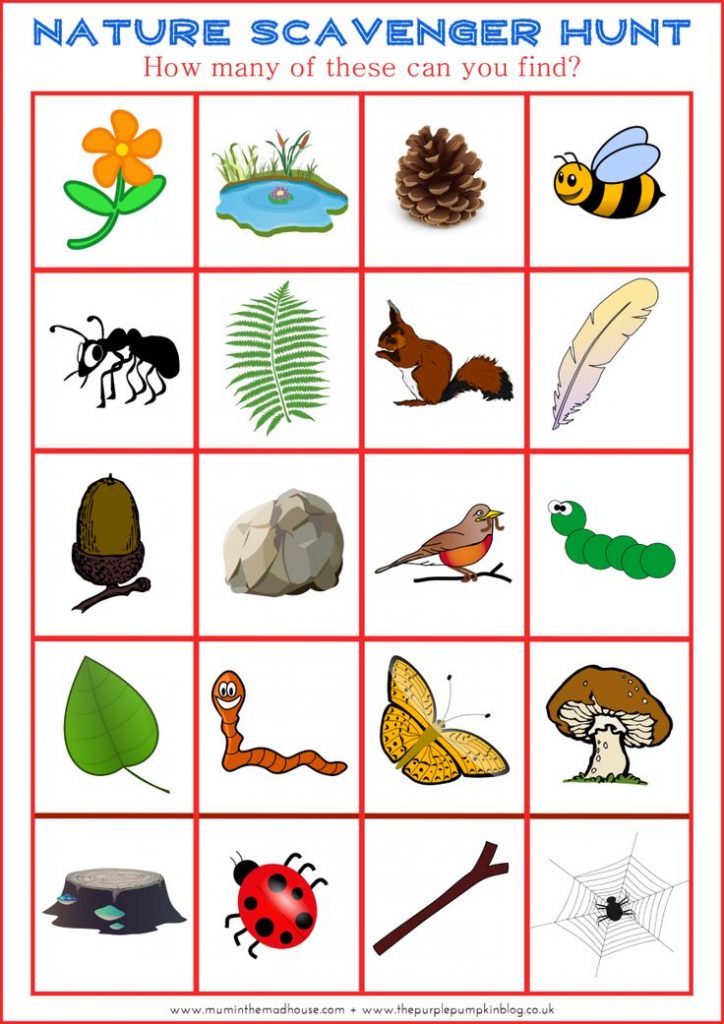
A call for balance. A call for the mobilization of compassion.
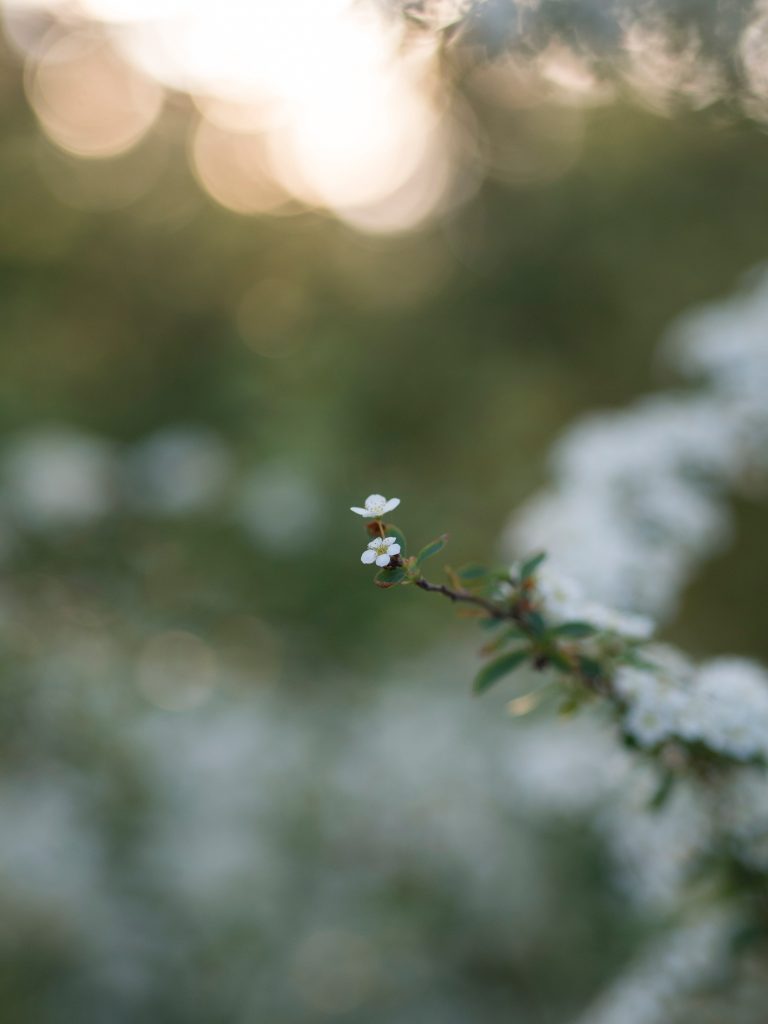
The best preparation for a life of prayer is simply to become more intensely human -Kenneth Leech
The practice of presence is about paying attention, waking up to the world around us. Each day this week we will post meditations, images, poetry and activities inviting us to become present–in our surroundings, with our deepest selves, and with the Spirit of God.
Breath prayers are brief prayers found in scripture that we can offer in any moment, using the inhale and exhale of our breath. They are a link that help us stay connected to God’s presence within us, and within the world. Below are some examples of prayers, but there are limitless possibilities if there is a particular Scripture you wish to pray. Each of these prayers follows the rhythm of the breath, the first line being offered on the inhale and the second line being offered with the exhale.
When I am afraid,
I will trust in you.
The Lord is my Shepherd,
I shall not want.
Be still,
and know.
Lord, have mercy.
Christ, have mercy.
(this is a form of the Jesus prayer)
Rainbow bubbles, bouncing bubbles, big bubbles, and small bubbles — bubble blowing can be fun family activity as the weather gets warmer. This practice brings awareness to your breath and your child’s breath as they blow out bubbles. “Listen to your breath” is a gentle way to focus attention on Practicing the Presence.
This episode offers a timely update on the importance of connecting with one another, our current care coordination plan, and some specific requests of anyone that calls Tabernacle “home”.